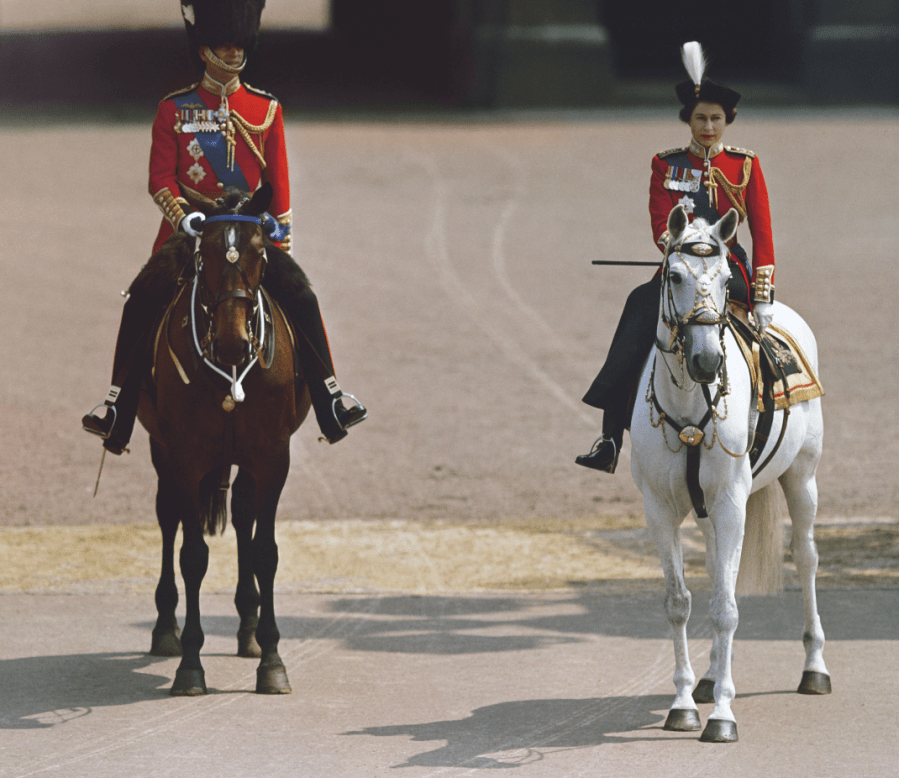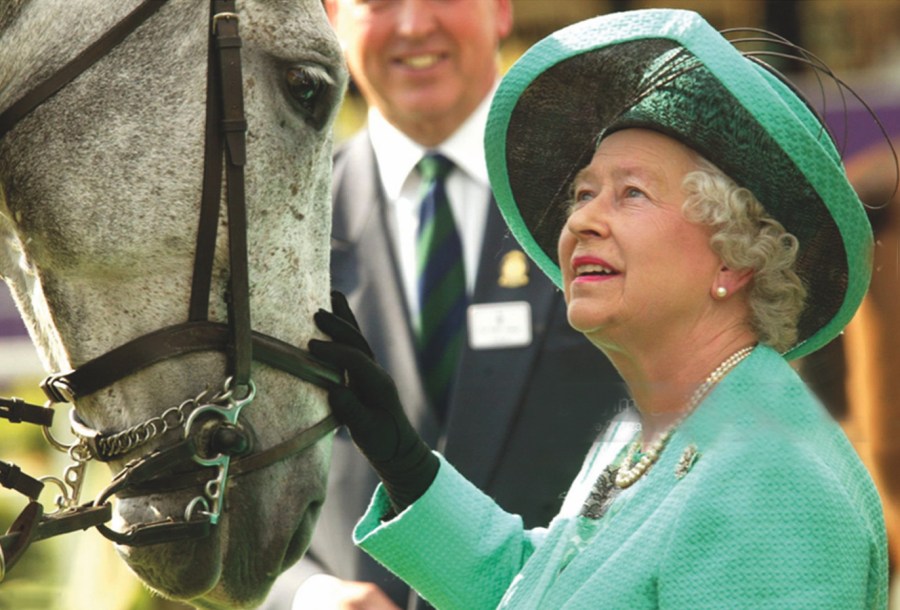Her Majesty Queen Elizabeth II has died at the age of 96, an announcement by Buckingham Palace has confirmed this evening (8 September).
The statement said Her Majesty passed away peacefully at Balmoral this afternoon.
Born in 1926, The Queen was the eldest child of King George V’s second son, who would later become King George VI after the abdication of his older brother, Edward VIII, in 1936. The then Princess Elizabeth became first in line to the throne and ascended the throne in 1952, aged 25.
Her Majesty reigned for 70 years and celebrated her Platinum Jubilee earlier this year, making her our longest-serving and longest-reigning monarch.
Shortly after 12.30pm today, Buckingham Palace issued a statement saying The Queen’s doctors were concerned about her health and recommended she remained under medical supervision. All four of her children, as well as her grandchildren Princes William and Harry, travelled to Balmoral.
Her Majesty had a genuine love and lifelong passion for horses, and she was involved in many areas of horse sport. People who rode for her, including showing producers Katie Jerram-Hunnable and Lizzie Briant, as well as event-rider-turned-World-Class-performance-director Richard Waygood, found her to be a supportive and keenly interested owner.
The Queen’s love of horses
Her Majesty rarely looked happier or more animated than when stroking an equine’s muzzle in a prize-winning line-up, watching one of her Thoroughbreds on the racetrack, seeing one of her show horses or ponies excel in the ring or when leading or riding a horse herself. Until she began to suffer mobility issues, she would also regularly ride out on one of her beloved Fell ponies.
The Queen was far from a part-time leisure rider who hands back the reins to staff at the end of a hack. She took a deep interest in all of the horses in the royal stables and, as anyone who has ever met her states, she was a true equine connoisseur with an extraordinary, almost scholarly, grasp of horses, horse sports and breeding.
Over many decades, The Queen was involved in the breeding of myriad racehorses from the royal studs at Sandringham and Polhampton. She also bred polo ponies, carriage horses, Arabs, Fells, Highlands, Haflingers and eventers. She famously bred Doublet, the chestnut gelding her daughter, Princess Anne, piloted to victory at the 1971 European Championships at Burghley.
Where it all began
The Queen began riding when she was very young. She was pictured, aged four, aboard the family’s Shetland pony, Peggy, with her father (later King George V), holding the leading rein.

The Queen and Prince Phillip at Trooping the Colour in the sixties
Her Majesty has ridden in public on state occasions, notably the annual Trooping the Colour, in which she took part riding side-saddle from 1952 until 1986, at which point she switched to a carriage. She would often ride along side her husband, the Duke of Edinburgh, on such occasions.
The Queen’s horse of choice for these official birthday celebrations from 1969 onwards was a half-Thoroughbred, half-Hanoverian Burmese, a gift from the Royal Canadian Mounted Police. It was this mare she was riding when, in 1981, a man in the crowd fired six blank shots directly at the monarch.
There were a few strides of startled canter, but Her Majesty soon had her mount back under control. It was this mare’s retirement, at the age of 24, that prompted The Queen to switch to a phaeton for such occasions.
A love of racing
A love of racing was in The Queen’s genes — many monarchs before her bred and raced horses, including The Queen Mother’s Devon Loch, who inexplicably collapsed just 40 yards from the winning post while in a commanding lead of the 1956 Grand National. History records The Queen Mother as saying afterwards: “Oh, that’s racing.”
According to Roger Charlton, who is based at Beckhampton in Wiltshire and trained for The Queen, Her Majesty was equally gracious in defeat.
“As much as The Queen enjoys winning, she would also be a good loser,” he said earlier this year. “Also, horses get so many injuries and coughs and colds and she understands that, as well as the fact that not every horse that is beautifully bred is going to be a great racehorse. The fact that she is so knowledgeable makes things easier for her trainers.”
The first horse to sport The Queen’s colours — an instantly recognisable purple jacket, red sleeves and black velvet cap — was a chaser (Monaveen), but her affections really lied with the Flat and she cheered home her own winners of myriad races, including all of the Classics (the 1000 and the 2000 Guineas, the Oaks and the St Leger) bar one — the Derby.
She came the closest to this elusive Holy Grail in the first year of her reign (1953) when Aureole finished second. Then, appropriately in Silver Jubilee year, Her Majesty’s home-bred filly Dunfermline gave her plenty to cheer about when winning not only the Oaks, but also the St Leger.
Earlier this year, retired jockey Willy Carson described The Queen as being “the patron of racing. Without her we would be a little bit lost.”
Photos supplied by Getty Images









